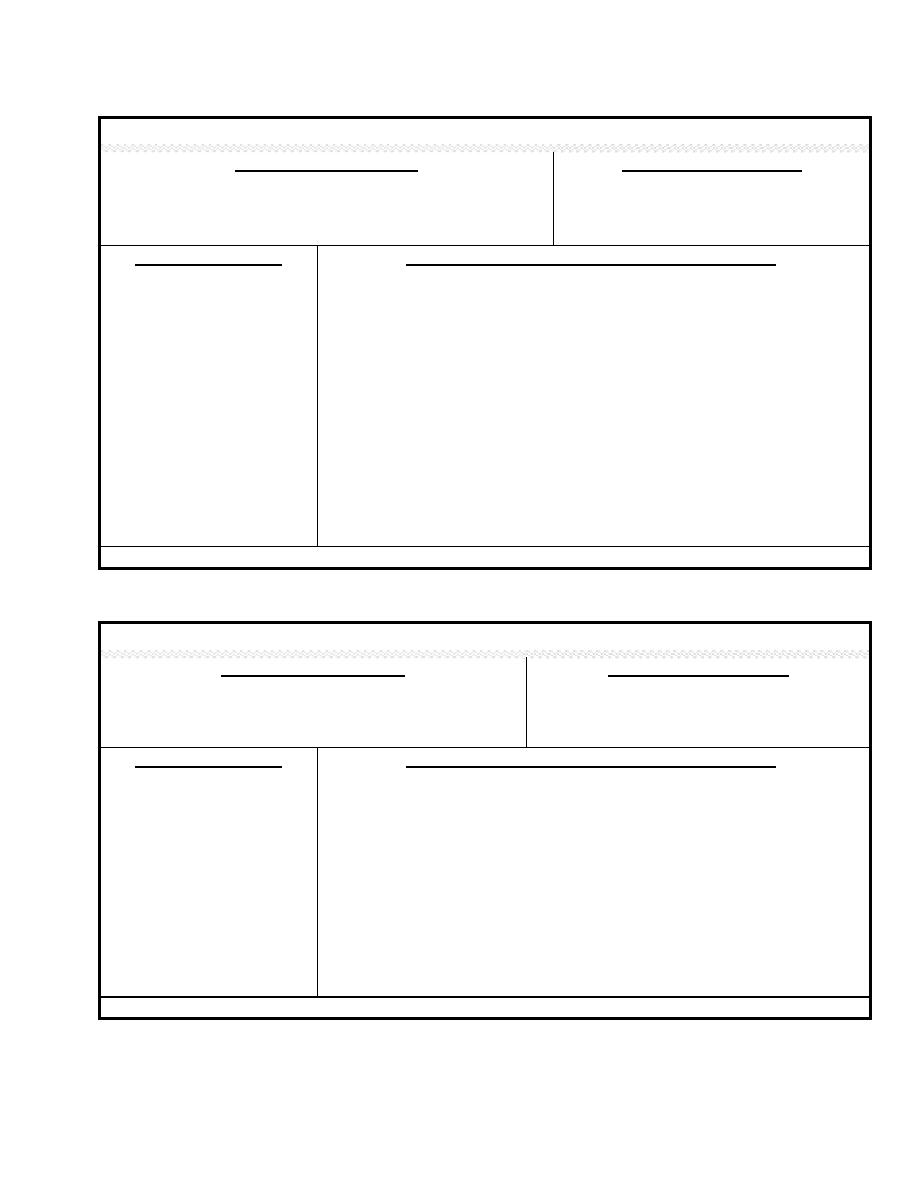 |
|||
|
|
|||
|
Page Title:
AN/TSC-94A(V)1, A(V)2 Satellite Communications Terminal |
|
||
| ||||||||||
|
|  AN/TSC-94A(V)1, A(V)2 Satellite Communications Terminal
SYSTEM DESCRIPTION
SYSTEM PARAMETERS
The AN/TSC-94 is a transportable satellite communications (SATCOM)
Frequency: 7.9 8.4 GHz
Power: 600 W PEP
terminal that utilizes a 2.44 m diameter parabolic reflector antenna.
SYSTEM HAZARDS
HAZARD CONTROLS (to reduce or eliminate risk)
Power Density Levels (PDL) ....
This system is able to produce potentially hazardous PDLs in excess of 5x the safety
standard and requires a formal RFR program to ensure its safe use. Establish a
Nonionizing Radiation Protection Program (IAW guidelines provided in this TB) .
Hazard distance from antenna ....
At maximum power, exclude personnel to a distance of 110 m from the antenna.
Maintain surveillance of all RFR controlled areas. If the power output is less than
93 W, this system is not able to produce PDLs in excess of the safety standard.
Open/cracked waveguides.......
At maximum power the antenna feed and all open waveguides produce potentially
hazardous PDLs to within 1.4 m. Exclude personnel from these areas. Periodically
inspect waveguides for cracks or leaks and replace suspect waveguides.
Other.................................
Consult the equipment Technical Manual for other operator and/or maintenance hazards.
Specify the use of dummy loads for maintenance operations.
REFERENCES: TM 11-5895-1217-14; TM 11-595-1217-24P; DMWR11-5895-1131
AN/TSC-99 Communications Central
SYSTEM DESCRIPTION
SYSTEM PARAMETERS
The AN/TSC-99 is a radio communications set that utilizes a long
Frequency: 2 30 MHz
Power: 1.0 kW (4 ea.)
wire-fed log-periodic antenna which is vertically polarized.
HAZARD CONTROLS (to reduce or eliminate risk)
SYSTEM HAZARDS
Power Density Levels (PDL) ....
This system is able to produce potentially hazardous PDLs in excess of the safety
standard. Establish a Nonionizing Radiation Protection Program (IAW guidelines
provided in this TB) .
Hazard distance from antenna ....
Exclude personnel to a distance of 2.0 m radius from the antenna feed.
RF shock/burn .....................
Observe standard RF shock precautions. Do not touch antenna when energized.
Clearly identify the long-wire antenna and antenna feed hazardous areas.
Other.................................
Consult the equipment Technical Manual for other operator and/or maintenance hazards.
Specify the use of dummy loads for maintenance operations.
REFERENCES: TM 11-5895-1160-10
Equipment - 125
|
|
Privacy Statement - Press Release - Copyright Information. - Contact Us |